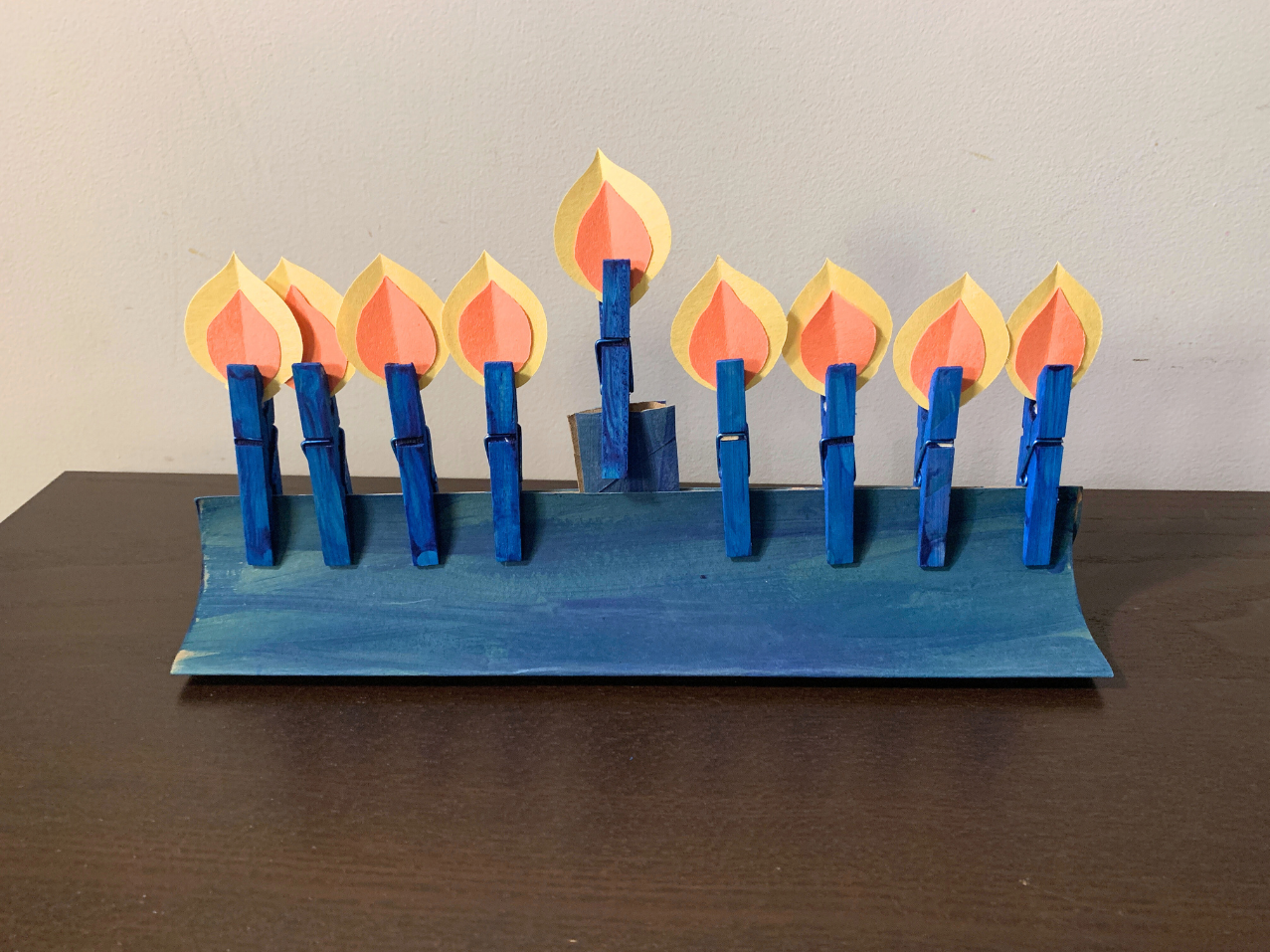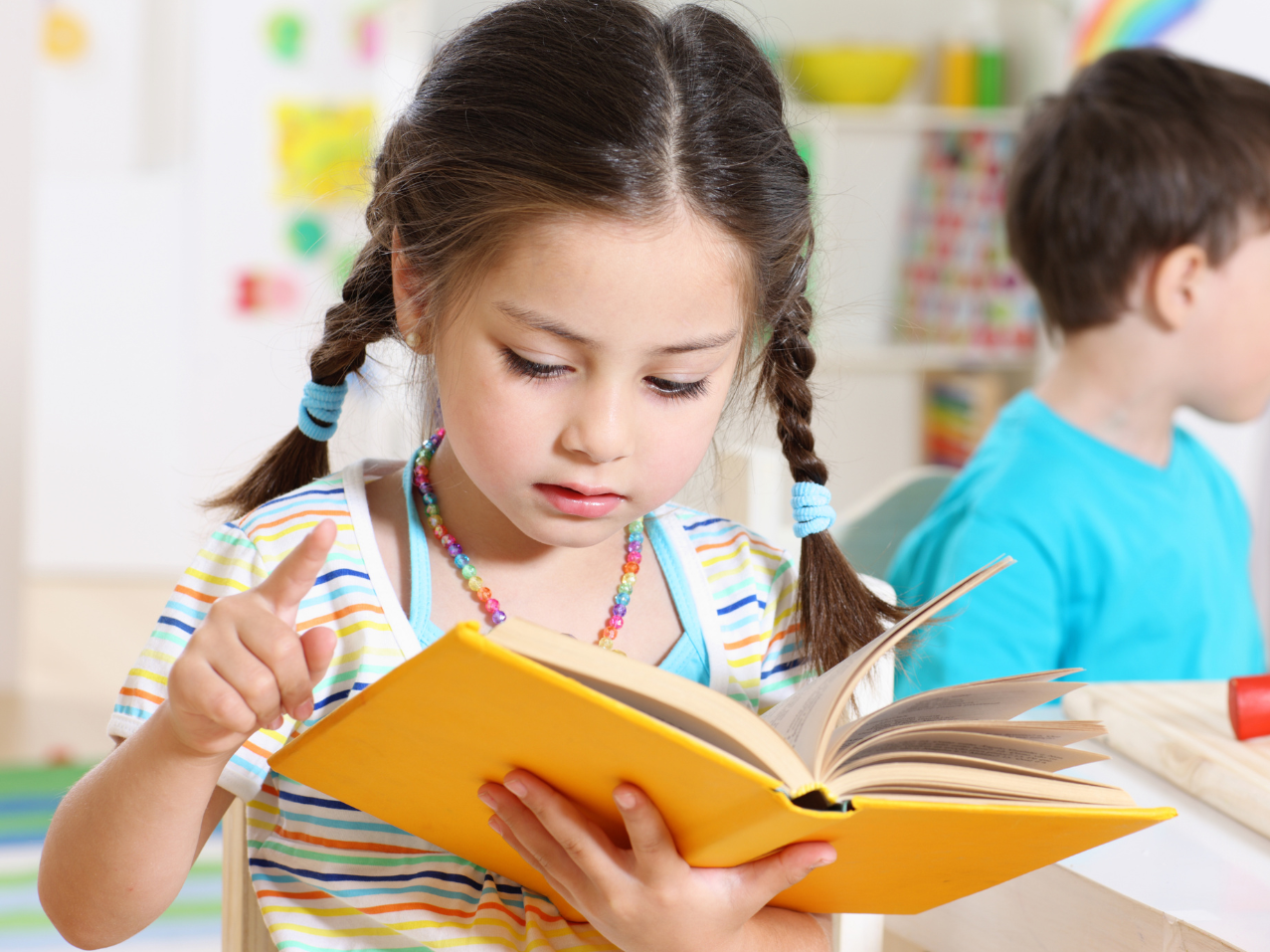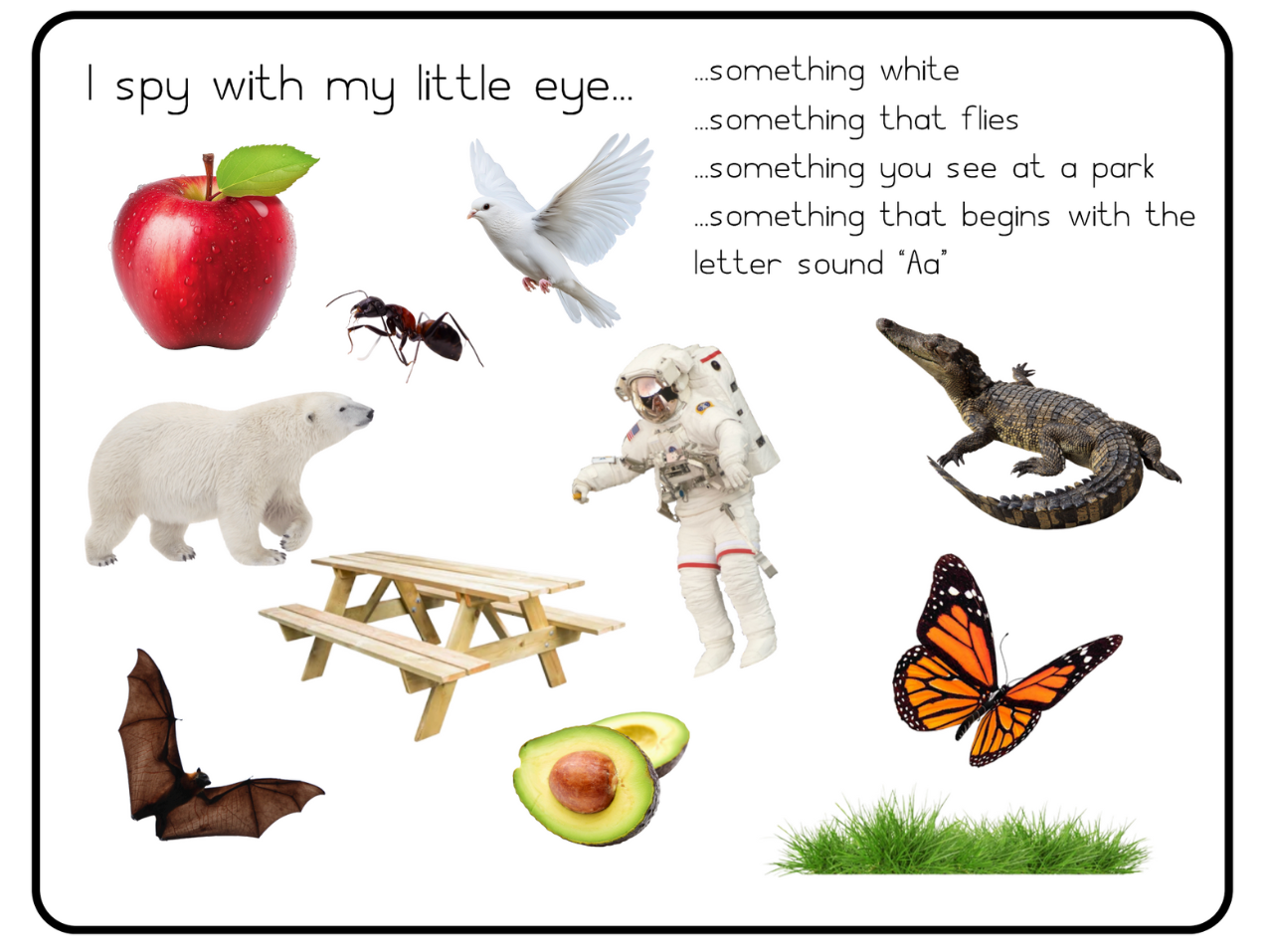Menu
-
-
Shop Holiday Items
-
Shop Gifts By Age
- Gifts For a 0-6 Month Old
- Gifts For A 6-12 Month Old
- Gifts For A One Year Old
- Gifts For A Two Year Old
- Gifts For A Three Year Old
- Gifts For A Four Year Old
- Gifts For A Five Year Old
- Gifts For A Six Year Old
- Gifts For A Seven Year Old
- Gifts For An Eight Year Old
- Gifts For A Nine Year Old
- Gifts For A Ten Year Old
-
Shop Gifts By Budget
- New Arrivals
-
Toys
- Large Active Toys
- Animal Toys
- Arts & Crafts
- Award-Winning Toys
- Bath Toys
- Birthday Wishlists
- Building Toys
- Cars, Trains, & Trucks
- Games
- Instruments
- Loose Parts Play
- Loot Bag Toys
- Made in Canada
- Outdoor Toys
- Pretend Play
- Puzzles
- Sensory And Fidget Toys
- Sensory Bin Tools & Fillers
- STEM Toys & Activities
- Toronto-Themed Gifts
- Travel Toys
- Wooden Toys
- Waiting Room Toys & Furniture
-
Montessori Materials
- Montessori At-Home Program
-
Montessori Furniture
-
Bundles & Sales
-
Books
-
Shop By Age
-
Shop By Brand
- Brands A-F
- Brands G-L
-
Brands M-R
- MagicPlaybook
- Magna Tiles
- Make Believe Ideas
- Makedo
- Manhattan Toys
- Math for Love
- Milaniwood
- MindWare
- Mojo Toys
- Moluk
- Moulin Roty
- Native Northwest
- nic
- Nienhuis
- Ooly
- Opinel
- Ostheimer
- Papoose
- Peaceable Kingdom
- Plan Toys
- Plus-Plus
- Preschool Collection Watches and Timers
- Ravensburger Puzzles
- Real Life Pages
- Brands S-Z
-
- 866-901-4696
- Gift Registry
- Login


What age does pretend play start?
2 min read
So many first-time parents love coming into the store and seeing all the beautiful pretend play items we have - dolls, tea sets, wooden animals, play food, etc.
They get excited, ready to buy one of everything... when we usually have to reel them in a bit.
Those beautiful toys are SO FUN but your child might not be ready for them and it's ok to wait!
What Age Does Pretend Play Start?
Around 18 months - 2 years, you may observe that your child starts to engage in "pretend play."
Children at this age will start using their toys as other objects, like pretending a block is food for their baby dolls. This is called "symbolic play" and refers to the child’s growing ability to use imagination and symbols to represent real-life objects, actions, or ideas.
Once a child starts engaging in pretend play, it can be tempting to fill their toy shelves with pretend play toys.
This is understandable because pretend play is an exciting time of development, it’s a sign of significant cognitive and social development... and toys are just fun!
If you observe this type of play closely, you’ll notice that what they’re doing is mimicking their own experiences.
When taking care of a baby doll, they’re feeding, changing, or playing with it, just like they’ve experienced. When they’re pretending a block is a phone, they’re imitating their parents and others they’ve seen using a phone.
There are a ton of amazing pretend play toys on the market and you can probably find a pretend version of whatever it is that your child is pretending to play with - looking at you Fisher Price Remote Office Worker Set 👀 - but in the early toddler years, you can also just use real objects.
Real objects help toddlers develop practical skills and sensory understanding, as they learn by experiencing actual textures, weights, and functions that pretend versions don't often replicate.
Other similar ideas:
- Reuse old cereal or snack boxes in a play kitchen
- Find an old phone instead of a play phone
- Use thrifted clothing or accessories (purses, jewelry) for dress up
So When Can You Buy Toys?
It's then, you can start to explore more of the fun-looking, pretend play toys, as your child will appreciate them more.
And even then, you can always incorporate many real life objects into your child's play room. They are likely to appreciate them too.
I have some great memories of dressing up in my mom's old maternity clothes that my sisters and I dug out of a box in the basement :)
Join Our Montessori Community
Sign up to get weekly activities, free printables, Montessori parenting guidance, and so much more.
Plus, get $10 off your first order of $100+.
Like this article? Get new articles, weekly activities, free printables, Montessori parenting guidance, and so much more.
One mom recently shared:
"Your newsletter is always SO great. It is one of the few I open and read weekly. You provide so much value. Thank you!"


